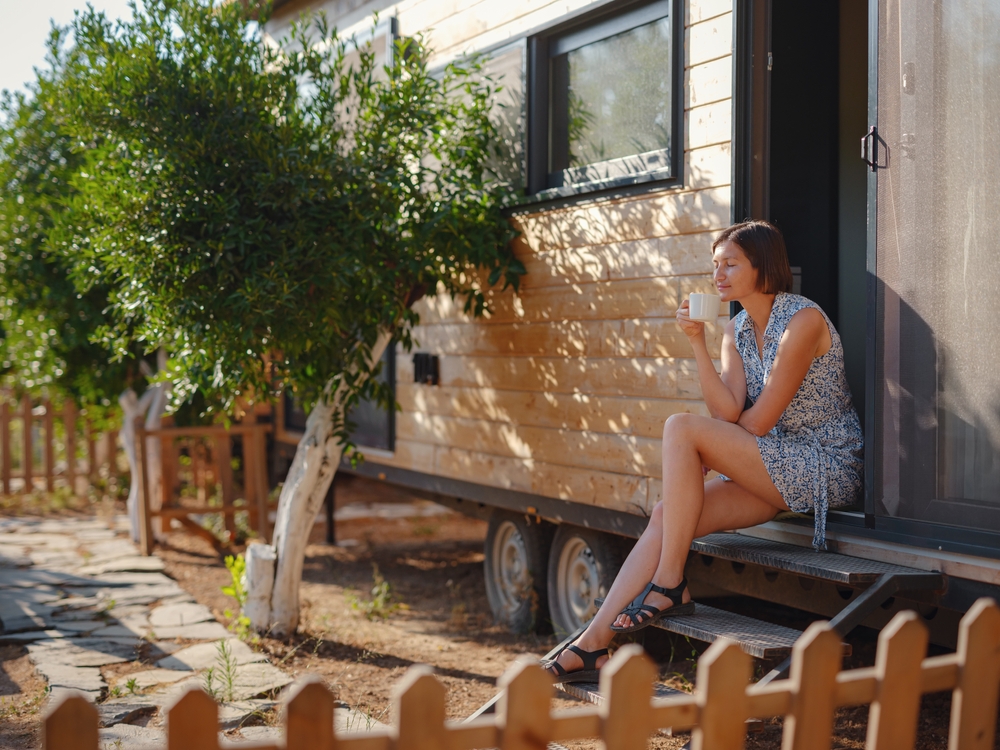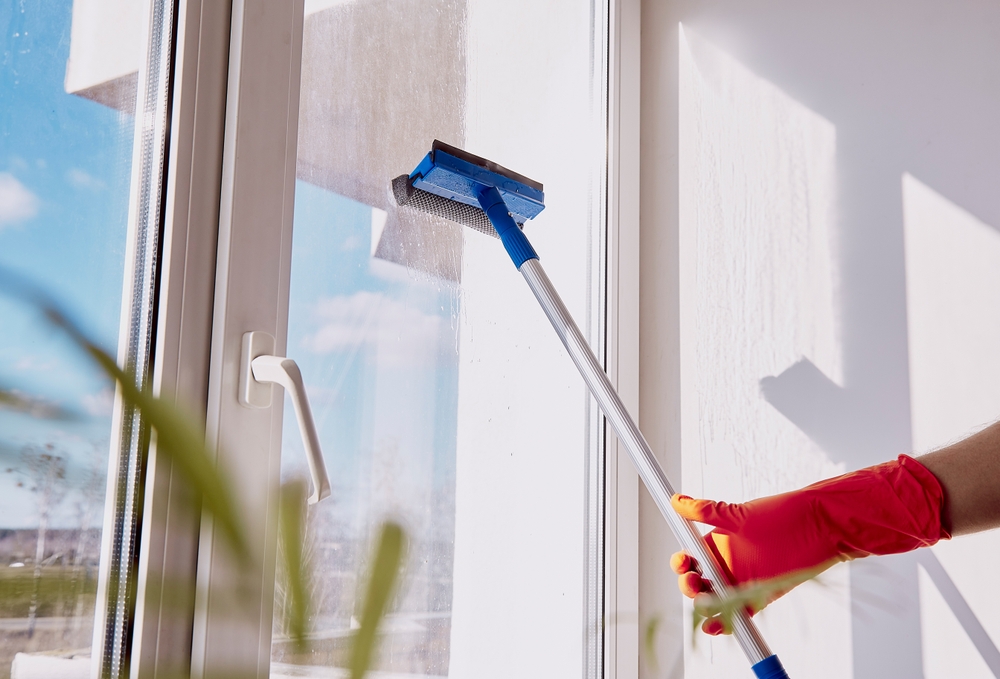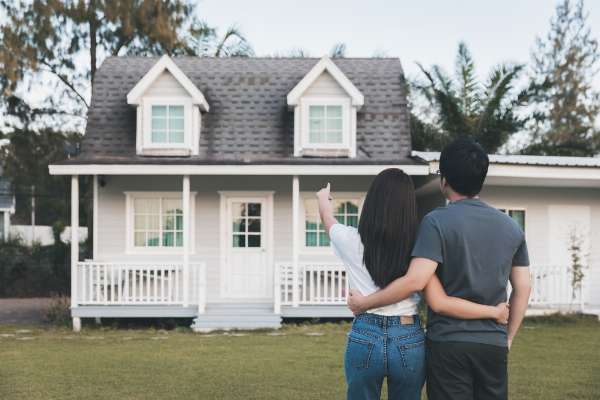As housing prices continue to soar, many people are rethinking traditional homeownership and turning to innovative living solutions. Tiny homes, known for their affordability and simplicity, are gaining popularity as a viable option to conventional housing. These compact dwellings are not only a trend but also representative of a fundamental shift in how people view space, consumption, and lifestyle.
To those unfamiliar with the benefits of tiny homes, they can be surprising and strange. Let’s explore why tiny homes have become increasingly popular, so you can decide if having one is the right choice for you.
It’s Cost-Effective
A new house comes with many costs, ranging from down payments to maintenance to utility bills. There are also the costs of renovation and new furniture, all of which can add up quickly if not accounted for in a budget. Tiny homes come with the same costs but on a more affordable scale. Most houses can be purchased (or even built) for less than $100,000, and the smaller space means there’s just enough room for basic furniture and material necessities. You would still need to pay property taxes if you buy a plot of land, but the money you save from switching to a tiny home would cover a portion of those costs.
Tiny House, Tiny Bills

Compared to regular-sized houses that may need more power to keep the lights on and the water hot, tiny homes use a fraction of that energy for the entire unit. Smaller spaces can get away with using a single light bulb as a lamp or a ceiling light. Windows are also a great way to take in natural sunlight, further lowering energy costs. You’ll also naturally use less water because you’ll use utilities less often. Fewer dishes means less dishwashing and fewer clothes means fewer loads of laundry.
Moving Is a Breeze
When moving from house to house, you deal with extensive hours of packing up your belongings and hiring people to move larger objects, like furniture and TVs, into moving trucks. It’s a chore, and that doesn’t include unpacking everything at the new place. The compact space of a tiny home means you won’t have room for extra clutter or larger objects, so moving between tiny houses would take much less time and effort.
The first time you move from an average house to a tiny home will probably be the most challenging, though. You’ll have to significantly downsize to fit all of your belongings. It may seem tough initially, but many stores and outlets have made it easier for people to part ways with belongings they no longer need. Some options include local stores that take donated clothes, local libraries that take donated books, and food drives that accept nonperishable food donations.
Compact Spaces Are Easier to Clean

Chores aren’t exactly everyone’s favorite thing to do, but it’s work that has to get done. Cleaning a big house can take a long time and be strenuous if done all at once. As tiny homes are much smaller than traditional homes, it takes less time to clean floors, furniture, and other personal items. If you’re downsizing from a two-story house to a one-story unit, you’ll save time by not having to clean the stairs.
Once you’ve finished deep-cleaning your tiny home, it’ll be even easier to maintain. A few minutes of dusting and scrubbing means you’ll get back the time you’d generally use for a full day’s worth of cleaning a standard-sized house.
Design Control is in the Buyer’s Hands
If you start building a house from the ground up, you’ll have more control over its final layout and design. That being said, it’s a significantly longer process, and you’ll end up waiting months, if not years, before you can move in. Moving into a fully-built house will speed up the process, but you'll be limited in both decorative and functional design options. With a tiny home, you can have the best of both worlds.
Setting up plumbing and wiring in a tiny home isn’t as extensive or complex compared to regular houses. You’ll still need to figure out how to get essential utilities running, though, such as your stove, shower, and sink.



